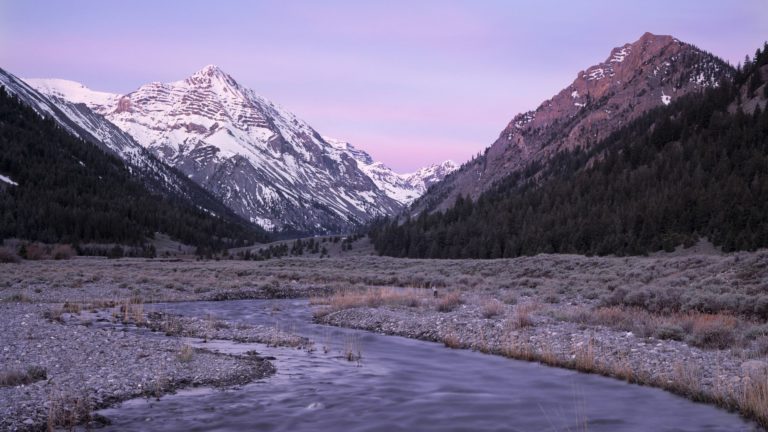
Near the edge of Craters of the Moon National Monument and Preserve, bordered on one side by the Lost River Range, the highest in Idaho, the Little Lost River runs strong through 50 miles of high arid sagebrush, ducking subsurface into lava bedrock near the town of Howe, Idaho.
A haven for anglers seeking a wild place to fish for rainbow and endangered Bull Trout, the river follows a rollercoaster path laid out by the ancient volcanic upheavals that created the Yellowstone caldera. These immense lava formations keep it from forming overland connections with downstream waters.
Those below-ground connections, invisible, link to aquifers that feed the Snake River. They could determine whether the Little Lost is stripped of critically important Clean Water Act protection. The Trump administration wants to decrease the number of waterways covered by the Clean Water Act so that rivers like the Little Lost, which have direct subsurface connections to larger waterways, would lose protection.
Losing protection would expose the Little Lost and its wildlife to potential devastation. In 1998, Idaho added the river and many of its tributaries to the state’s list of impaired waterways under the Clean Water Act. These lists, kept by every state as required under the Act, compel states to work to improve conditions on waters endangered by sediment and other pollution discharges as well as temperature increases due to climate change—which Idaho’s new governor recently acknowledged.
On the Little Lost, temperatures had risen due to water diversions and cattle grazing, leading the Bureau of Land Management and nonprofit groups to build grazing enclosures and planted thousands of shrubs to restore streambanks and improve shade. Although these efforts have left the river’s condition somewhat improved, sediment issues remain. Losing Clean Water Act protection would leave the Little Lost vulnerable to both uncontrolled pollution from the sources that already threaten it, as well as new sources of pollution.
“Trump’s proposed Clean Water Act jurisdictional rule has the potential to expose headwaters and ephemeral streams—which are vital to water quality and health of residents and wildlife in the Snake River and its tributaries—to permanent degradation by recalcitrant polluters,” said Buck Ryan, Snake River Waterkeeper. “The unique hydrology and underlying geology of the lost rivers in east central Idaho would be especially endangered were the Trump rule to take effect in its current form.”
You can act to protect the Little Lost River by submitting comments about the Trump administration’s proposal to gut the Clean Water Act below and by telling the Environmental Protection Agency to maintain vital stewardship of the Little Lost River and other critical fisheries and their aquatic habitats. Raise your voice to defend our waters. #SaveTheCleanAct.